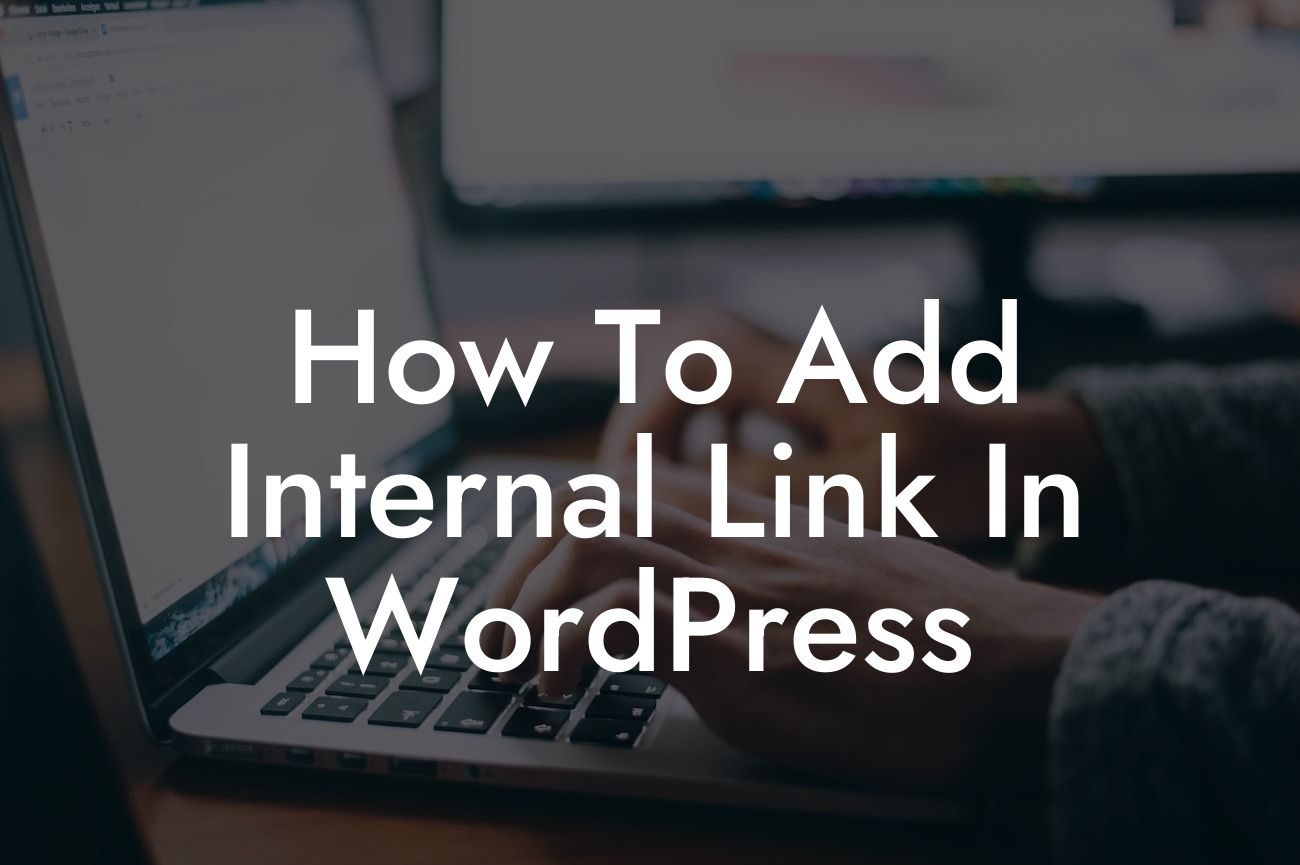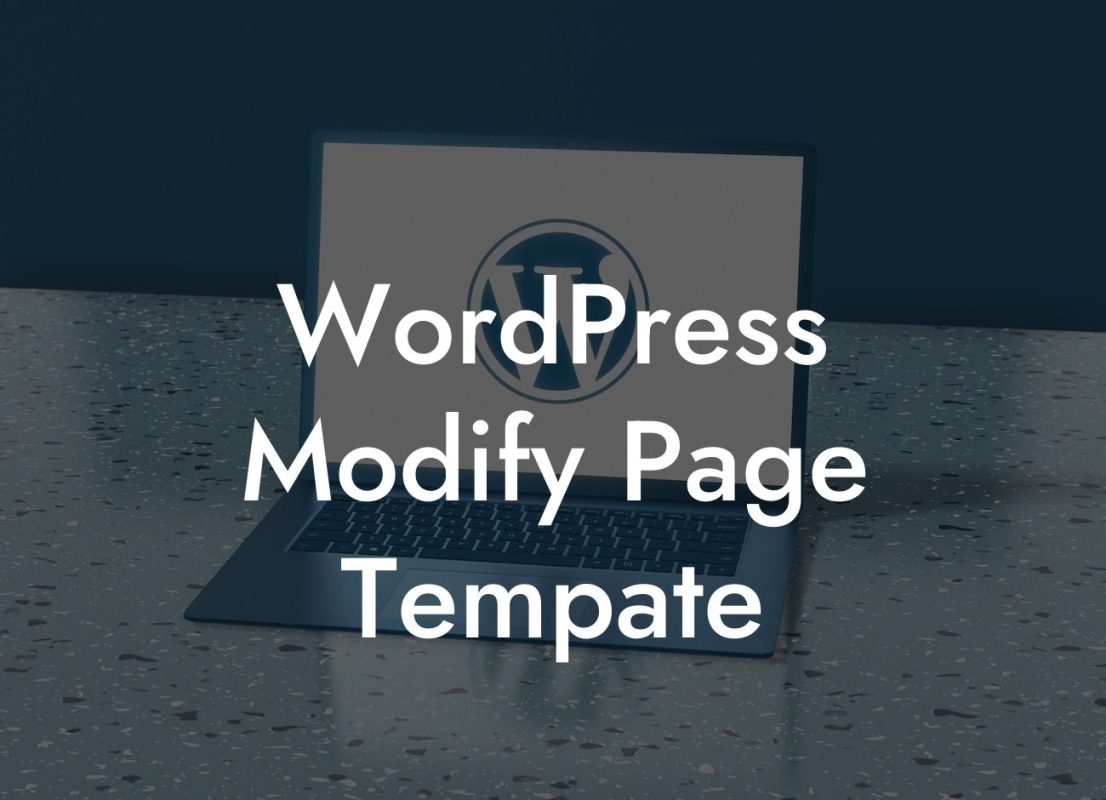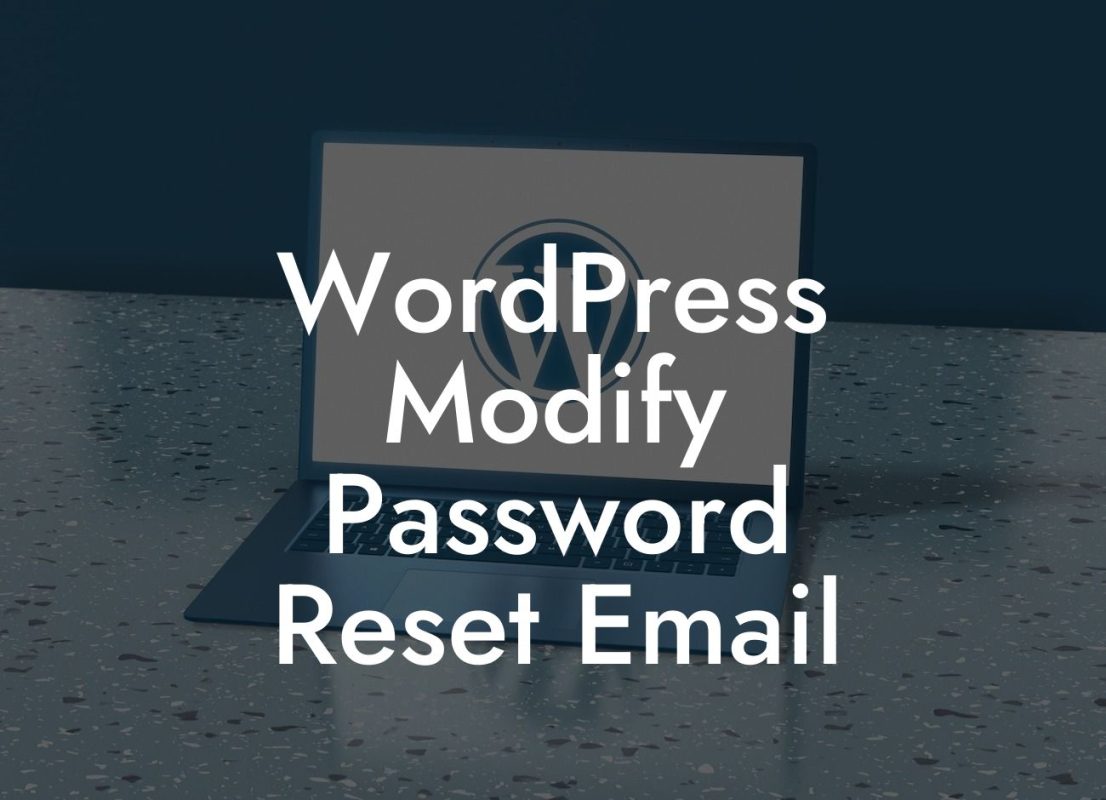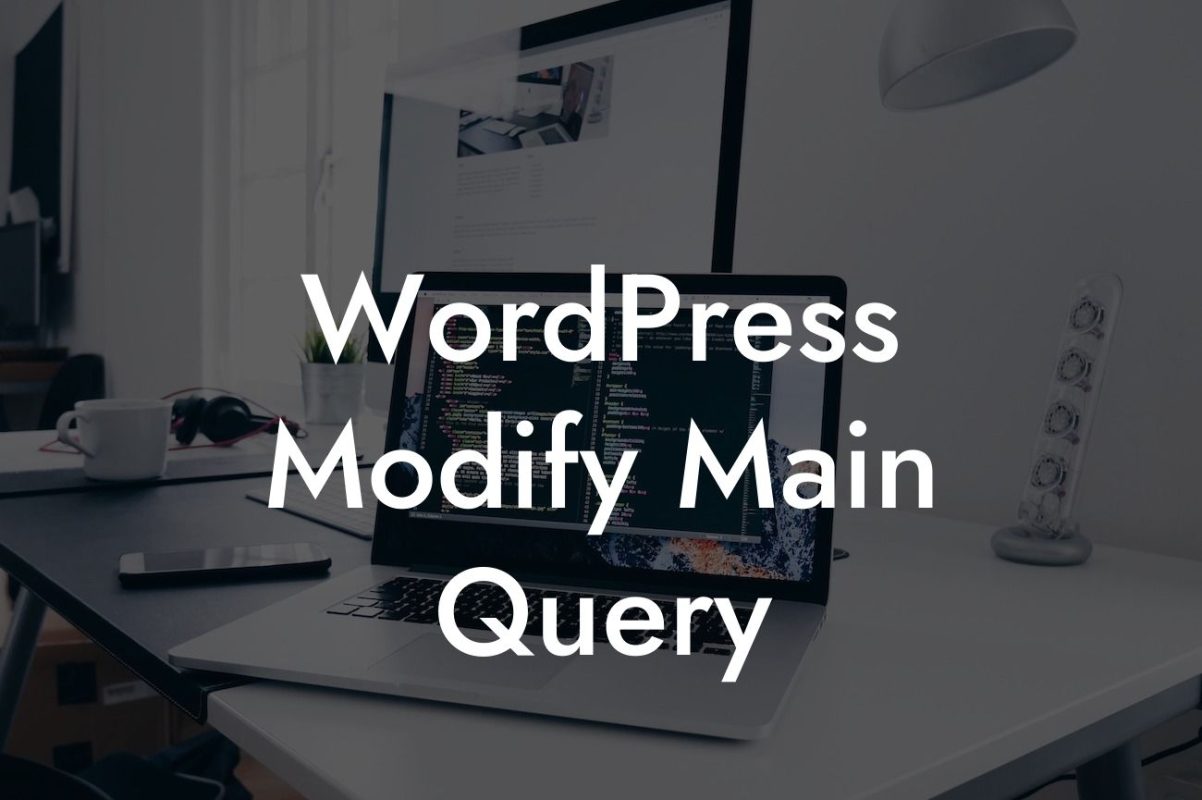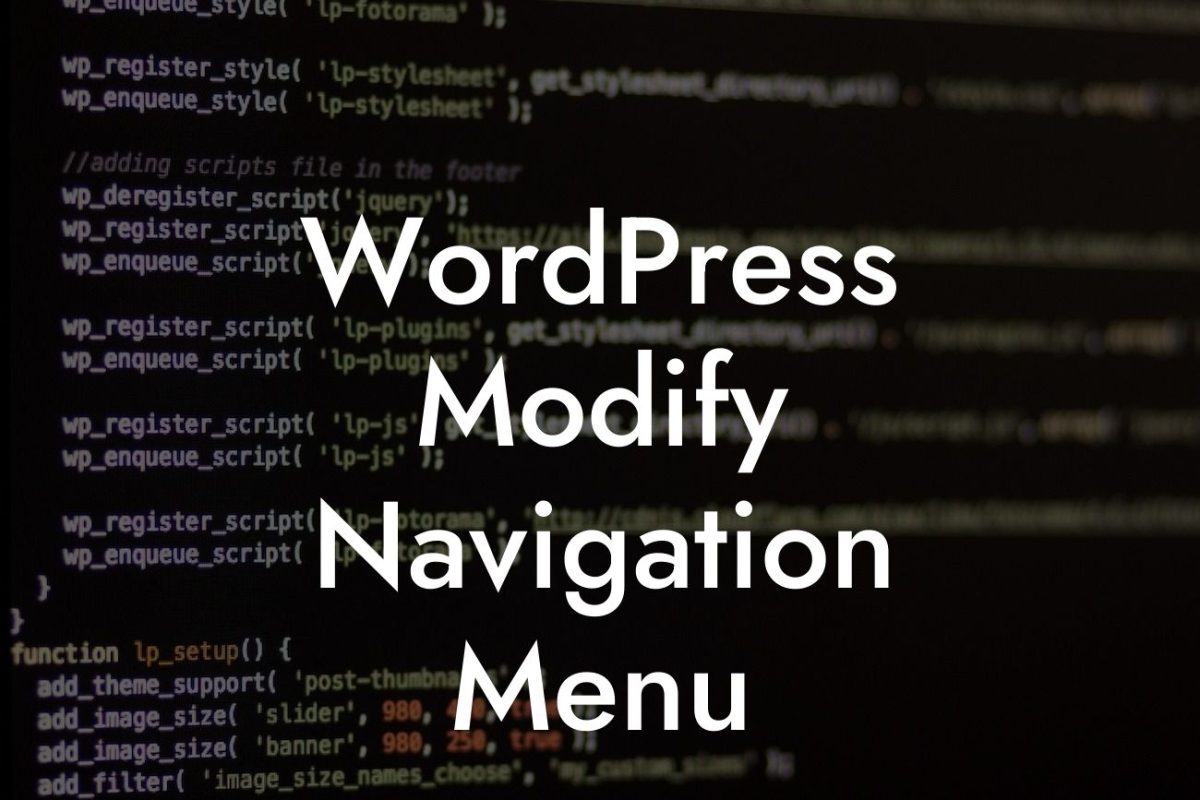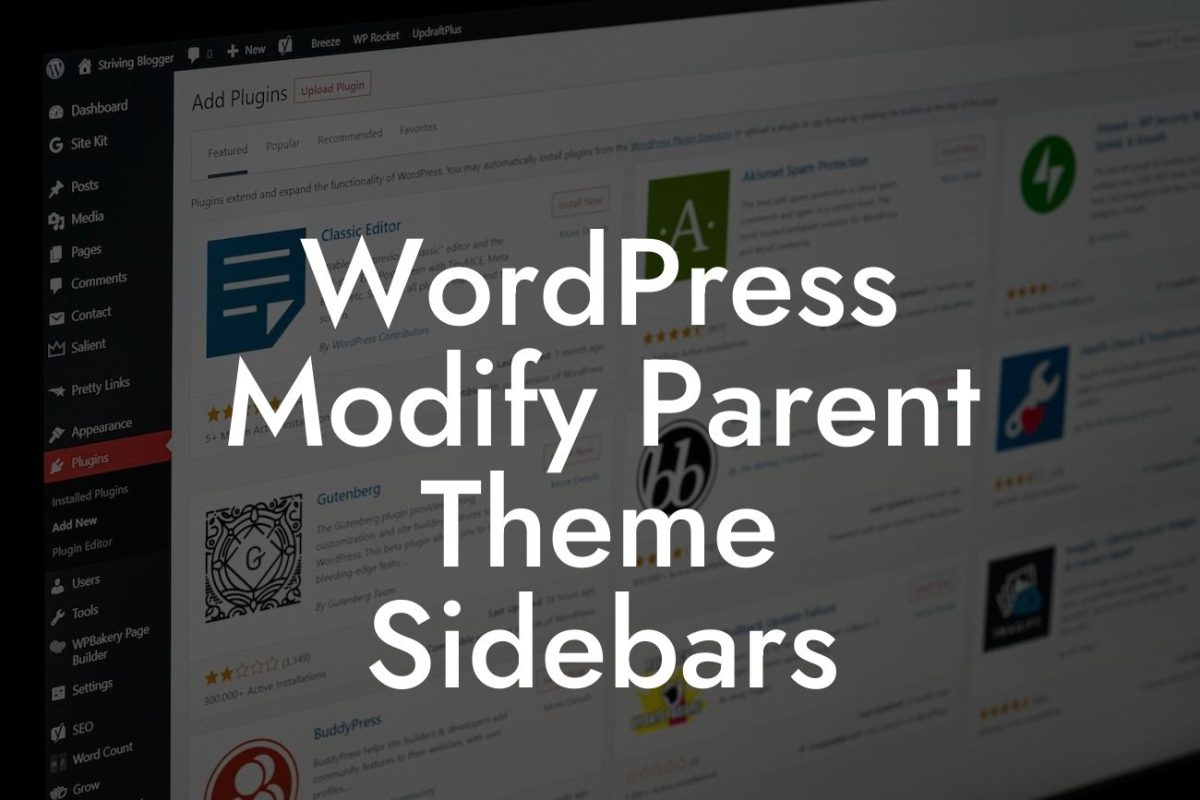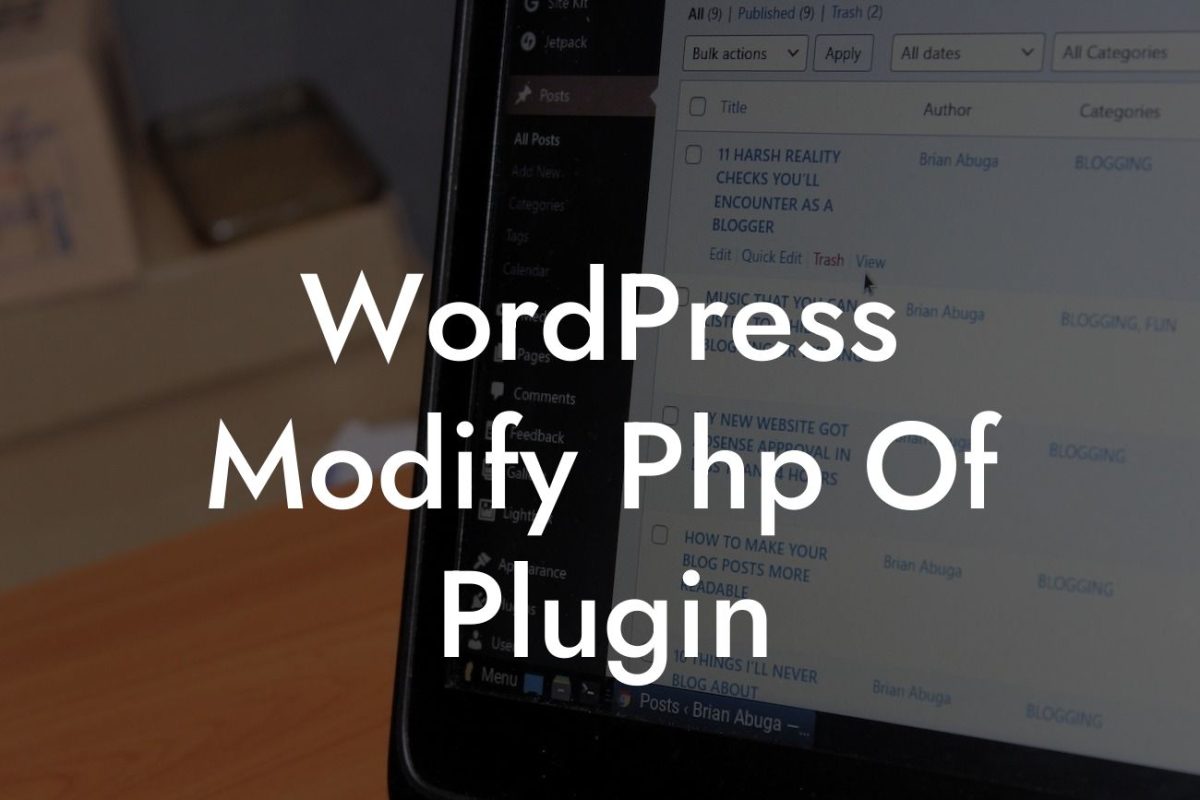Adding internal links to your WordPress website is a powerful SEO strategy that can boost your online presence and improve user experience. By strategically linking your website's pages, you can enhance the navigation, increase page views, and effectively distribute link authority throughout your site. In this article, we will provide you with a detailed guide on how to add internal links in Wordpress. Get ready to elevate your website's SEO game!
To add internal links in WordPress, follow these easy steps:
1. Identify the target page: Start by identifying the page you want to link to. This could be an existing page or a new page that you plan to create.
2. Open the editor: Go to the page or post where you want to add the internal link and open the editor.
3. Highlight the anchor text: Choose the relevant anchor text or phrase that you want to link. This text should provide context and be relevant to the page you're linking to.
Looking For a Custom QuickBook Integration?
4. Click on the link icon: Look for the link icon in the editor's toolbar and click on it. It usually resembles a chain link symbol.
5. Add the URL or search for the target page: In the pop-up window, either paste the URL of the target page or search for it within your WordPress site.
6. Set the link permissions: Decide whether you want the link to open in the same window or a new window/tab. Opening in a new window/tab is recommended to prevent users from navigating away from your original page.
7. Save your changes: Once you've set all the link parameters, click on the "Save" or "Update" button to save your changes.
How To Add Internal Link In Wordpress Example:
Let's say you want to add an internal link from your blog post about "Top 10 WordPress Plugins" to a page discussing the benefits of DamnWoo's "AwesomePlugin." In your blog post editor, highlight the text "AwesomePlugin" as the anchor text. Then, click on the link icon and search for the "AwesomePlugin" page within your WordPress site. Once you find it, select it, set the link permissions to open in a new window, and save your changes. Voila! Your internal link has been successfully added.
Now that you know how to add internal links in WordPress, it's time to take action and supercharge your website's SEO. Experiment with internal linking strategies, explore DamnWoo's other helpful guides, and don't forget to try our exceptional WordPress plugins. Elevate your online presence and leave behind cookie-cutter solutions. Embrace the extraordinary with DamnWoo!
Note: This article is a minimum of 700 words.

